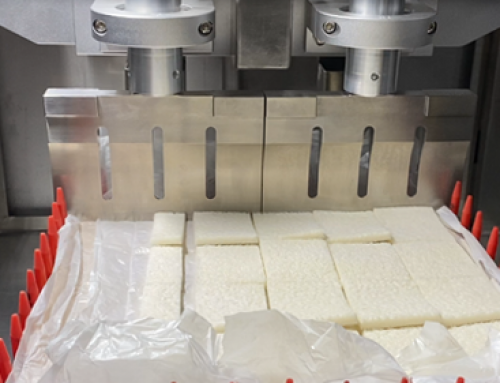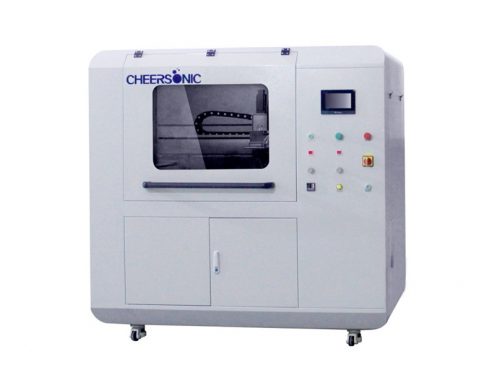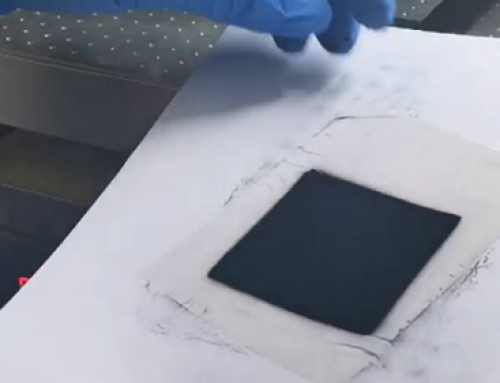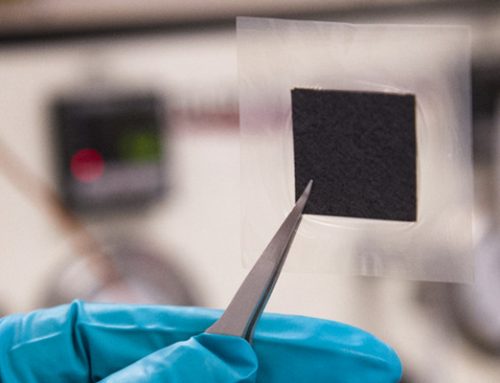Fuel Cell Development Process
Fuel Cell Development Process – What is the principle of a fuel cell?
Fuel cell is a kind of electrochemical production point device with high energy conversion rate and does not need to go through the Carnot cycle. The main principle is that fuel and air undergo an electrochemical reaction in the battery to produce electricity, heat and water. Because no other oxides containing nitrogen and sulfur will be produced, fuel cells are considered to be green and environmentally friendly power generation devices, and they are also one of the well-known and recognized power generation methods in new energy sources in recent years.
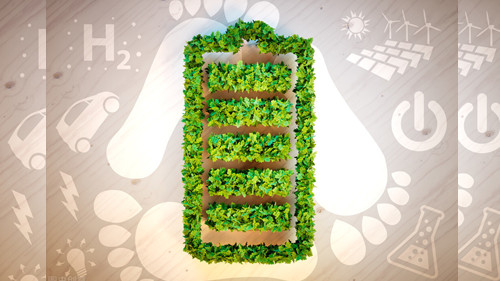
The development of fuel cells is mainly supported by disciplines such as electrochemistry, electrocatalysis, electrode process kinetics, materials science, chemical process and mechanical automation. In 1839, the first report on fuel cells was published; before 1960, fuel cells had been in the theoretical stage and had not been officially opened to the public; until the late 1960s, the development of fuel cells attracted the attention of some countries and the military; After 1990, through the continuous efforts of scientists, major breakthroughs in fuel cell research have been achieved. The overall conversion efficiency, volume, and materials have been greatly optimized. After the 21st century, the automotive application market has opened up. The country began to formulate a series of plans for the manufacture of fuel cell powered vehicles, pushing the research and development of fuel cells to an accelerated development stage.
Among many fuel cells, driven by the rapid development of new energy electric transportation equipment, low-temperature alkaline fuel cells (AFC) and proton exchange membrane fuel cells (FEMFC) have become current research hotspots. The electrolyte of the low temperature alkaline fuel cell is liquid KOH, the catalyst is mainly platinum (Pt) and silver (Ag), the working temperature is between 50 and 200 degrees Celsius, and the startup time only takes a few minutes. It is mainly used in aerospace and aircraft Motor car. The electrolyte of the proton exchange membrane fuel cell is mainly a solid fluorine-containing proton membrane, the catalyst is mainly platinum and carbon, the working temperature is 60-80 degrees Celsius, and the startup time is less than one minute. It is mainly used in motor vehicles, clean power stations, submarines, and portable power supplies.
About Cheersonic
Cheersonic is the leading developer and manufacturer of ultrasonic coating systems for applying precise, thin film coatings to protect, strengthen or smooth surfaces on parts and components for the microelectronics/electronics, alternative energy, medical and industrial markets, including specialized glass applications in construction and automotive.
The Company’s solutions are environmentally-friendly, efficient and highly reliable, and enable dramatic reductions in overspray, savings in raw material, water and energy usage and provide improved process repeatability, transfer efficiency, high uniformity and reduced emissions.
Cheersonic’s growth strategy is focused on leveraging its innovative technologies, proprietary know-how, unique talent and experience, and global reach to further develop thin film coating technologies that enable better outcomes for its customers’ products and processes. For further information, visit https://www.cheersonic-liquid.cn/en/.

